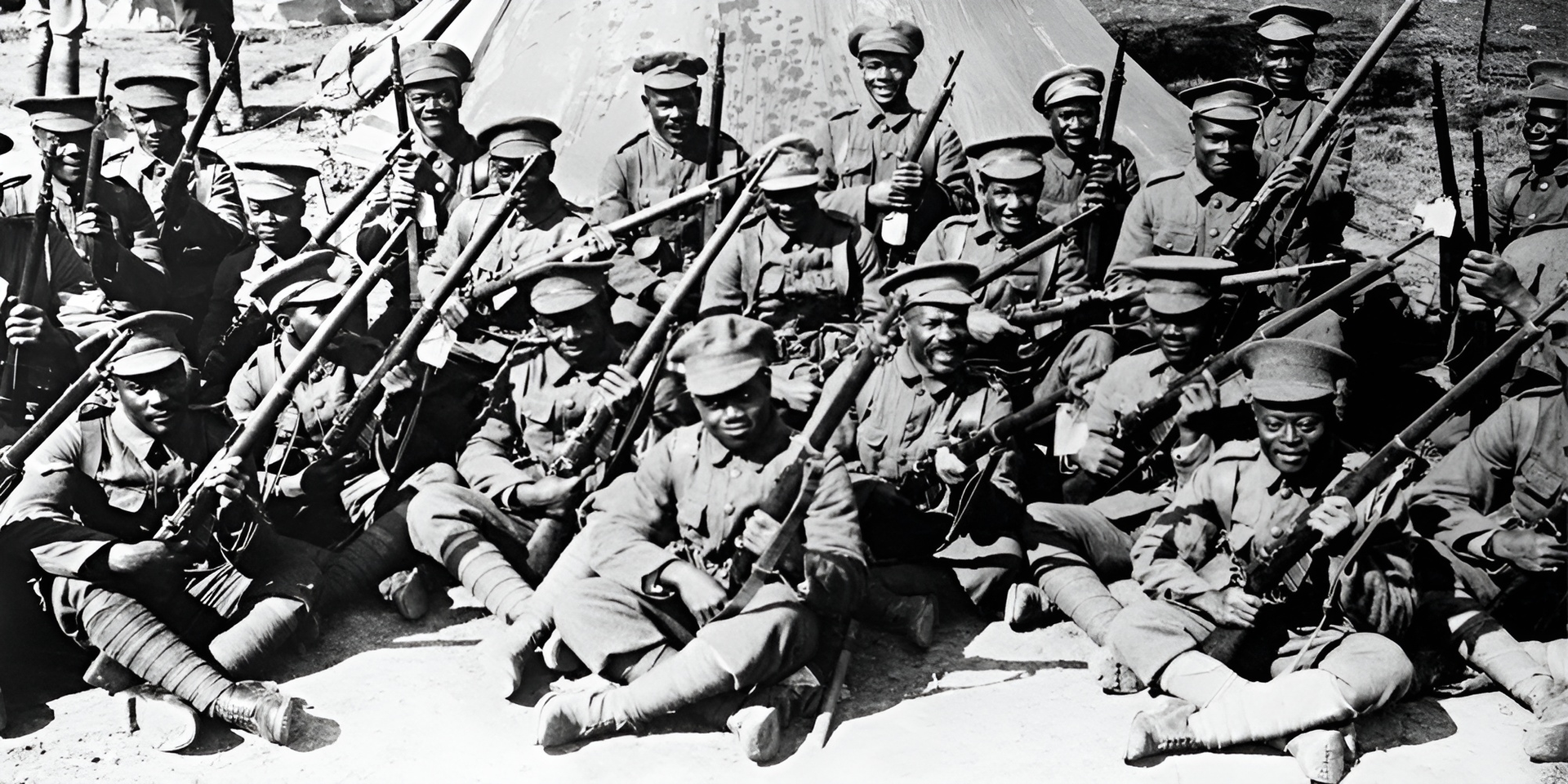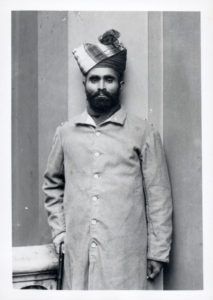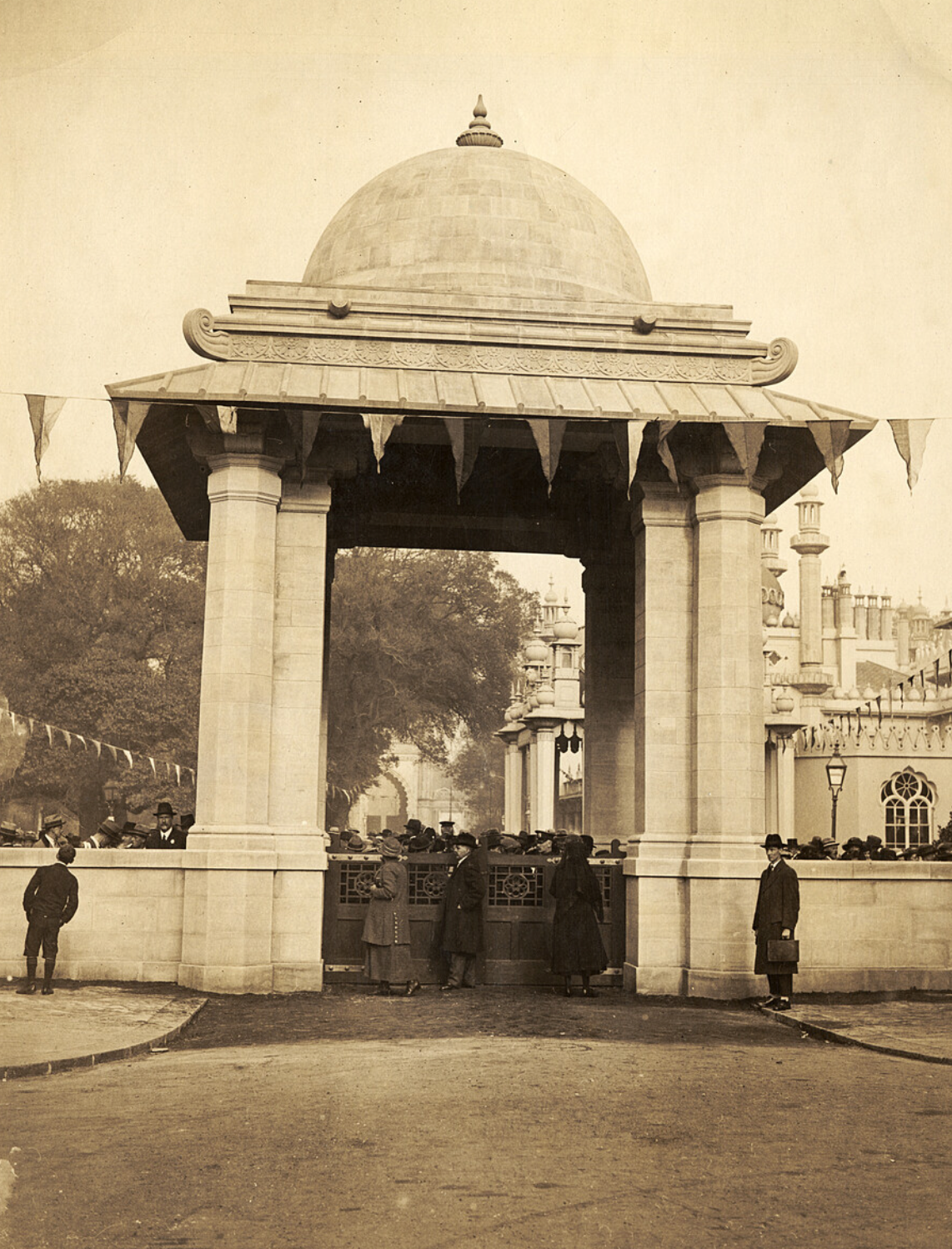Article

The fight for sussex

West Indians in Sussex During World War I (1914-1918)
During the First World War, around 16,000 brave volunteers from across the British West Indies travelled to Sussex to join the British war effort. These courageous men enlisted in the British West Indies Regiment (BWIR), keen to defend freedom and liberty alongside British troops.
Arrival and Training at Seaford
In September 1915, Sussex became home to thousands of West Indian soldiers at two large military training camps located at Seaford. These camps were specifically established due to the open spaces of the Sussex Downs and their proximity to the port at Newhaven, making deployment to Europe easier.
Life in the camps was tough, particularly during the harsh winter months. Initially, soldiers stayed in tents, battling relentless winds and cold conditions. Despite these hardships, their daily routine included rigorous infantry training, long marches across the Downs, and essential labour tasks such as building roads, digging trenches, and managing mules.
Challenges Faced by Soldiers
Unfortunately, the unfamiliar climate, combined with inadequate shelter and poor nutrition, led to serious health issues, including influenza and pneumonia. Between October 1915 and January 1916, nineteen soldiers tragically died at the Seaford training camps from illness or training accidents.
These fallen soldiers were laid to rest at Seaford Cemetery, where their graves are marked by distinctive Commonwealth War Graves headstones bearing the BWIR crest. This peaceful resting place remains the largest concentration of BWIR graves in the UK.
Serving Overseas
After their training in Sussex, most of the BWIR battalions were deployed to Egypt, Palestine, and Jordan. They fought valiantly against Ottoman forces or provided crucial logistical support such as managing ammunition, building railways, and working at docks. Some battalions served on the Western Front, notably as ammunition carriers during the Battle of Passchendaele.
By the end of the war, the regiment had suffered significant losses: 185 soldiers killed in action, 1,071 dead due to sickness, and nearly 700 wounded.
Remembering Their Sacrifice
The story of the West Indian soldiers in Sussex largely faded from public memory until renewed interest emerged in recent years. In 2006, family members from the Caribbean—including relatives of Dennis and Nelson Fevrier from St Lucia—visited the graves for the first time, honouring the sacrifices of their ancestors.
Today, ongoing commemorations ensure these soldiers are not forgotten. Events organised for Black History Month, exhibitions at Seaford Museum, and commemorative plaques help to keep their remarkable story alive.
Exploring Further
For those interested in discovering more about these courageous men and their experiences, resources are available through:
- Commonwealth War Graves Commission: Details on graves and casualty records.
- The Keep (East Sussex Record Office): Original camp documents, photographs, and records.
- The National Archives, Kew: Official war diaries of the BWIR.
- Seaford Museum & Heritage Society: Artefacts and oral histories.
- Brighton & Hove Black History Project: Articles and interviews highlighting this important aspect of local history.
This rich history provides valuable opportunities for reflection, education, and appreciation of the significant contributions made by West Indian soldiers during World War I.




